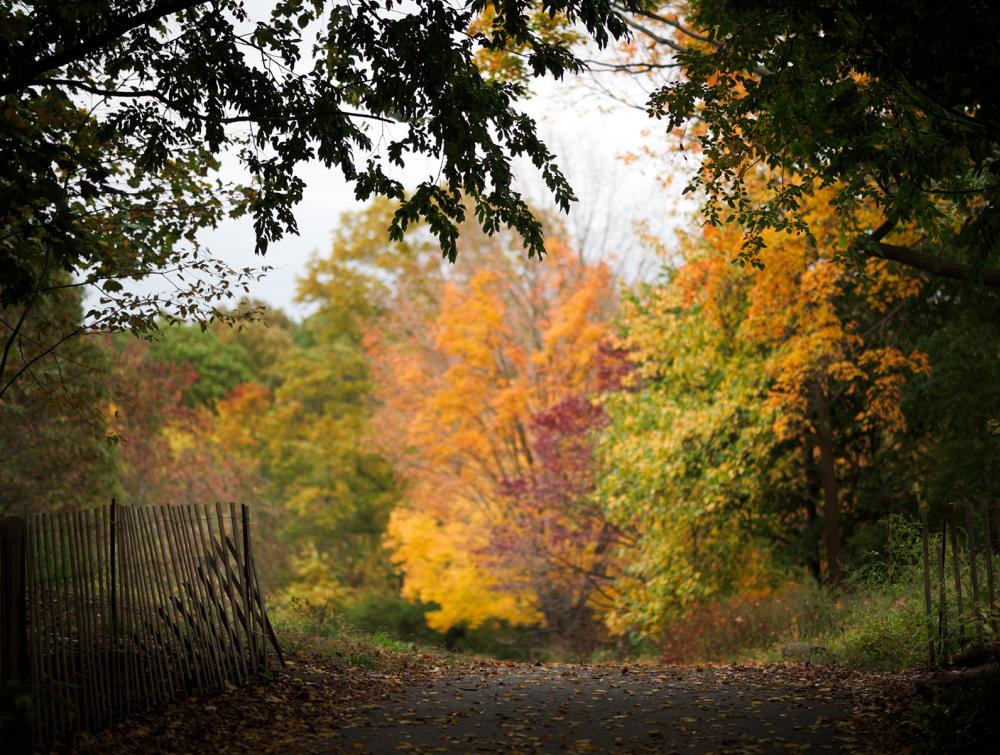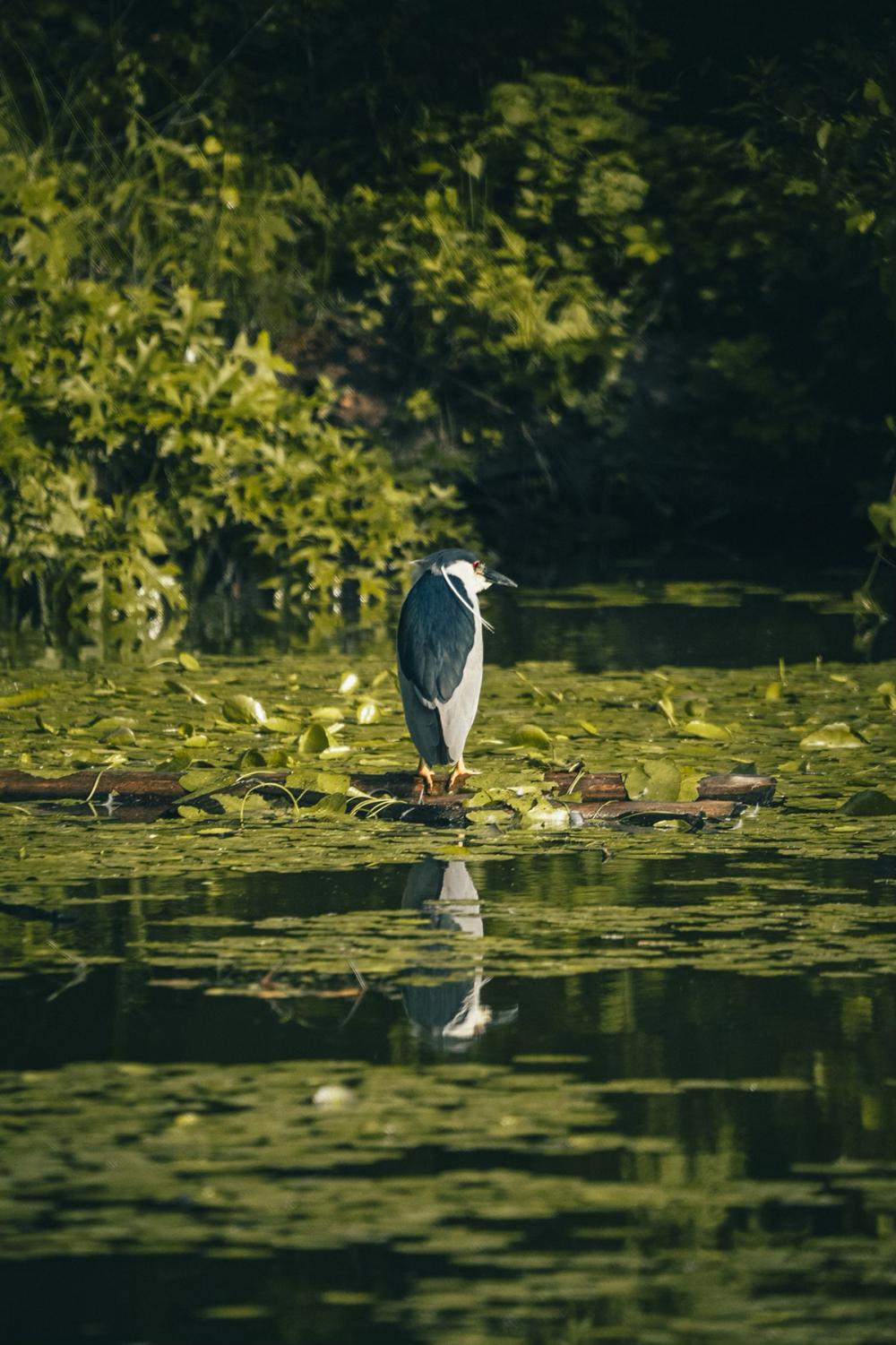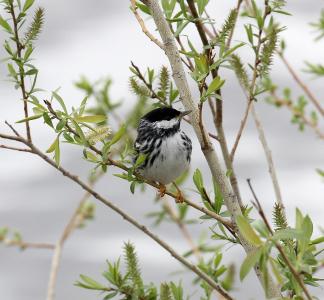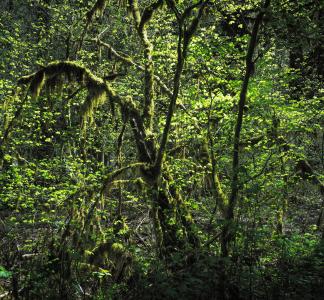Brooklyn’s urban forest: Prospect Park

Fall foliage in Brooklyn's Prospect Park.
Joseph O. Holmes
The country’s most densely populated city hides a wild treasure
A metropolis of more than 8 million people, New York City is both renowned and scorned across the world as an unrelenting and one-of-a-kind urban experience. It’s been called both beautiful and ugly—often in the same sentence—and celebrated for its arts and culture.
But popular imagination rarely depicts New York as a “green” city, aside from the requisite rats and pigeons. While much of the city is densely developed, New York is actually one of the greenest cities in the world, with a whopping 27 percent of land reserved as public green space. In fact, the “concrete jungle” is home to an ecologically vital habitat that dates back hundreds of years.
Prospect Park, the last forest in Brooklyn
Almost perfectly positioned in the center of Brooklyn—the city’s most populous borough—is its “backyard,” Prospect Park. Established in the late 1800s in the face of increasing development, the park encompasses a modest but mighty 585 acres of meadows, waterways and woodlands, including Brooklyn’s only lake and its last standing forest.
This landscape has an outsized ecological significance. The park’s wild center contains a forest of old oak and beech trees, with some trees estimated to be around 250 years old. Forests like these provide countless benefits to people and wildlife, and as climate change intensifies it is vital that what stands remain are protected for future generations.
Prospect Park’s varied habitats are also an important stop for migratory birds on the “Atlantic Flyway.” More than 240 species of birds—as well as several other fauna, including important pollinator species—make a permanent or temporary home in the park, and some observers have reported seeing 100 bird species in a single day. Protected spaces like these are essential for journeying wildlife, especially in the face of increasing biodiversity loss. During spring migration, for example, 36 different species of warblers can be seen stopping in the park on their long journey from the Gulf and Caribbean to the Canadian North.

A black-crowned night-heron perches on a log in Prospect Park.
Harrison Wedel
Urban green space benefits people and wildlife alike
But what makes Prospect Park so significant is, of course, its location. The park is surrounded on all four sides by densely developed residential neighborhoods, which means it is within walking distance for several immigrant and historically marginalized communities. It is a beloved space for picnics, walks and runs, biking, birdwatching and much more. In fact, the park hosts more than 10 million visits each year—that’s more than most national parks receive. Brooklyn has the least amount of green space per resident of the five boroughs, meaning spaces like Prospect Park are especially vital.
Research has shown that urban green spaces like Prospect Park provide tremendous benefits to communities as well as wildlife. They help offset urban heat islands, capture greenhouse gas emissions and control stormwater surges—benefits that are especially important as climate change causes more extreme heat and extreme weather events. Green space access has also been linked to tangible mental health benefits.
Prospect Park Alliance—which manages the park in partnership with the city government—works diligently to maintain a delicate balance between ecological preservation and community benefit. But the Alliance has also gone a step further by connecting conservation directly with community engagement, offering free education, recreation and volunteer programs that serve more than 460,000 people annually. These programs—like the Woodlands Youth Crew that engages local high school students in forestry projects—offer unique and unparalleled opportunities for urban communities to engage directly with ecology that could otherwise be inaccessible.
A micro example for the macro level
Conservation historically has a problem of implicitly or explicitly restricting access to land, especially by underserved and marginalized communities—and that’s to say nothing of the violent history surrounding the establishment of public lands in the United States. This truth has understandably made some wary as the United States ramps up conservation efforts to address the climate and biodiversity crises.
But Prospect Park shows that conservation does not have to be exclusive—that we can simultaneously stem these advancing environmental crises while improving equitable access to nature. Indeed, the work of Prospect Park Alliance represents the America the Beautiful for All Coalition’s goals in practice. Earlier this year, the coalition of 150 local and national organizations unveiled a policy agenda that called upon the Biden administration to achieve ambitious conservation goals using equitable and community-led practices—and progress is being made. In the spring, for example, the President designated Castner Range National Monument in El Paso, Texas, a major win for a predominantly Latinx community with little access to green space.
The work being undertaken by Prospect Park Alliance to protect habitat in an inclusive, equitable and accessible manner is proof that conservation does not need to be driven by top-down bureaucracy. In fact, if we can use local case studies like Prospect Park as examples for national policy, we can build an equitable and inclusive green future for all.
You can learn more about Prospect Park by visiting the Prospect Park Alliance website.


